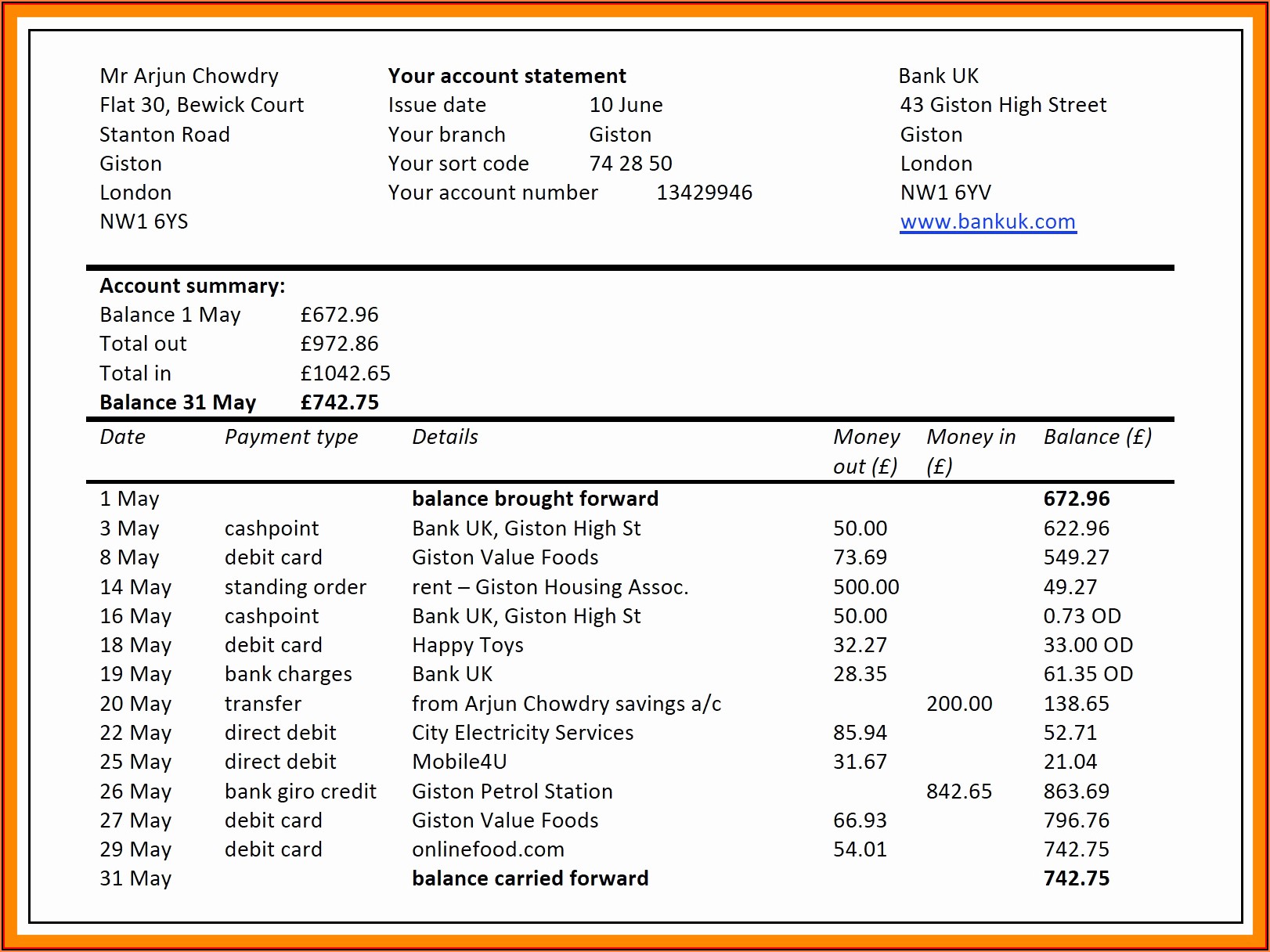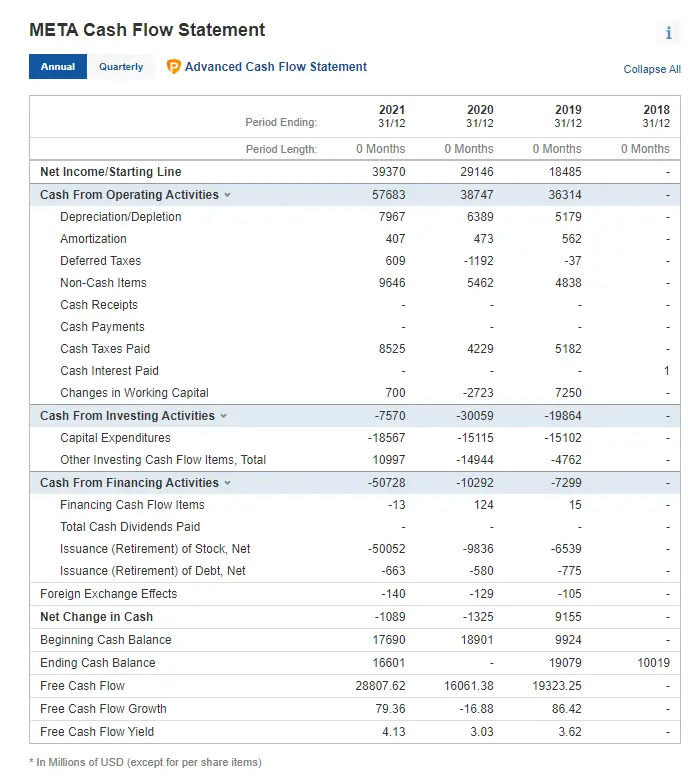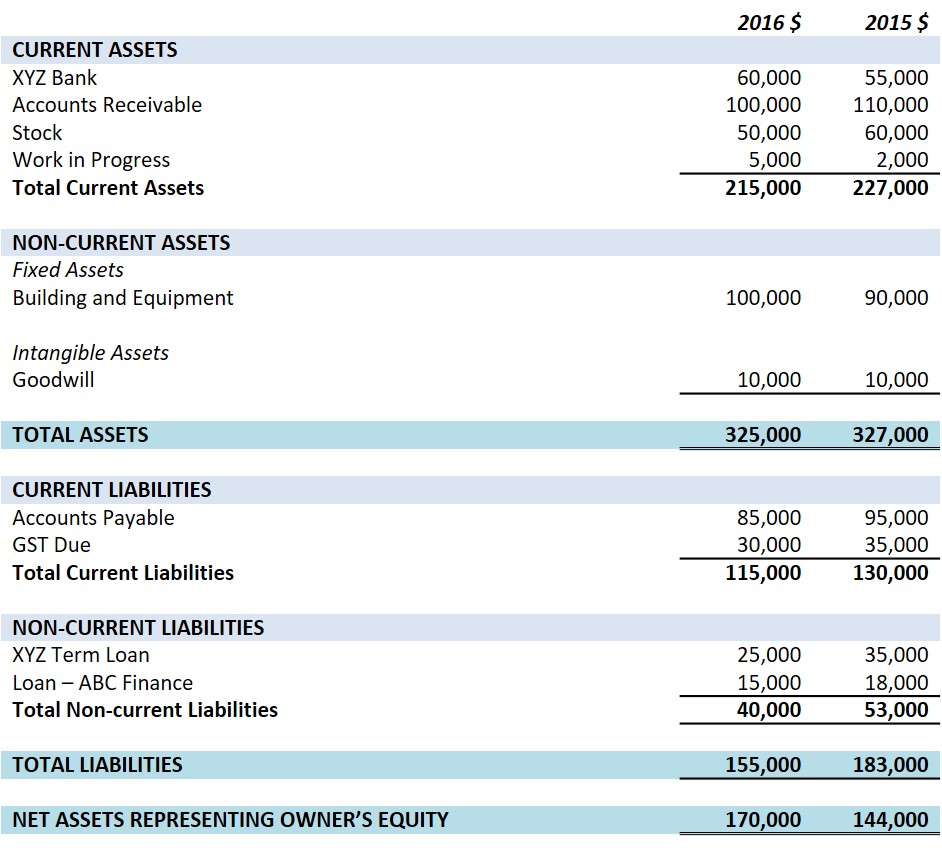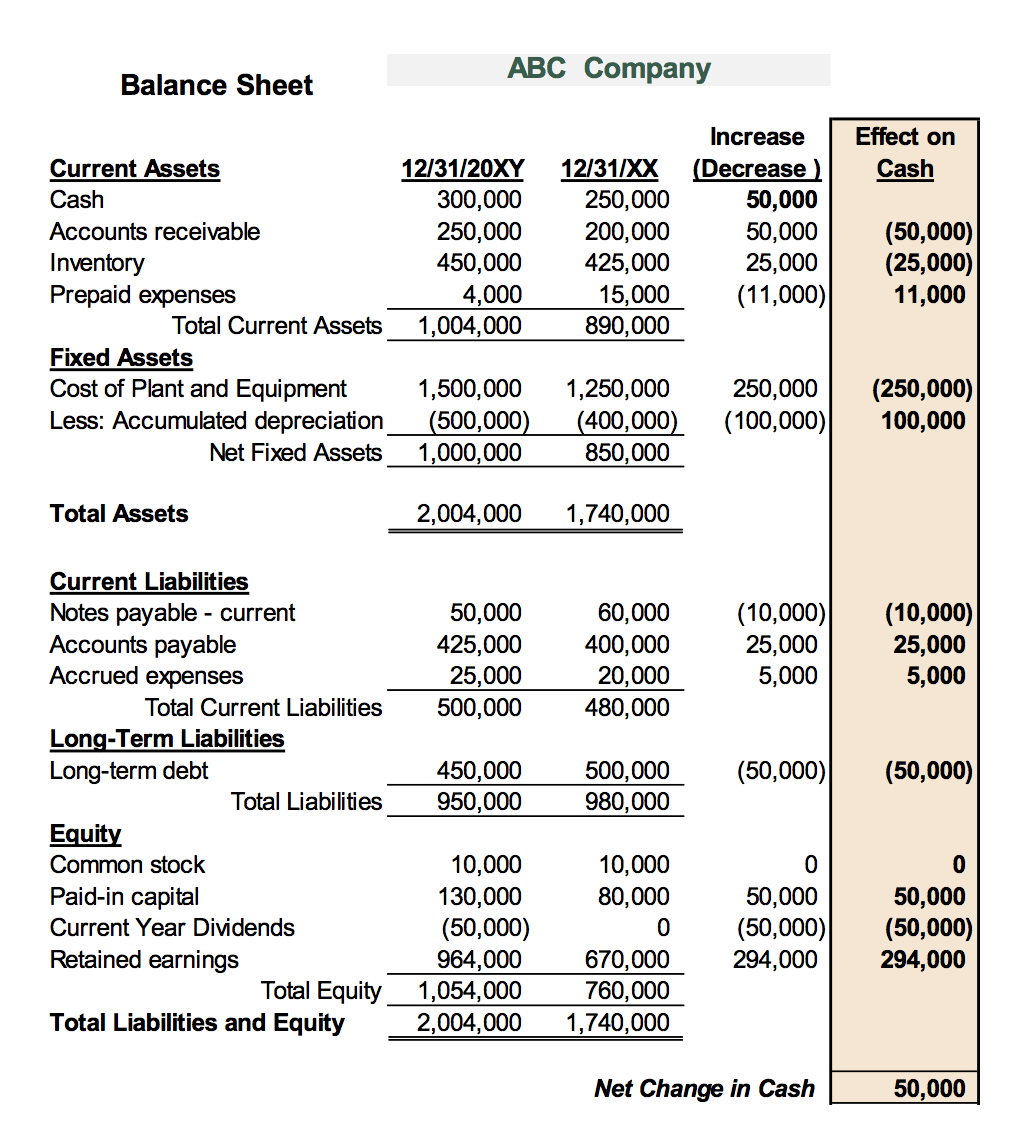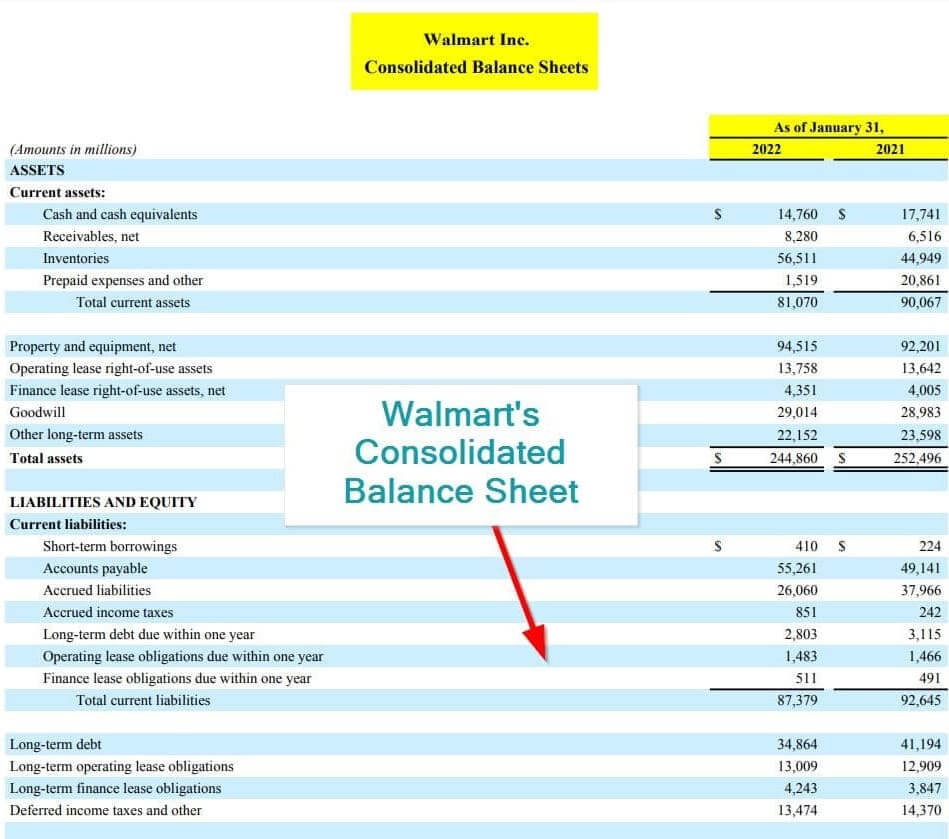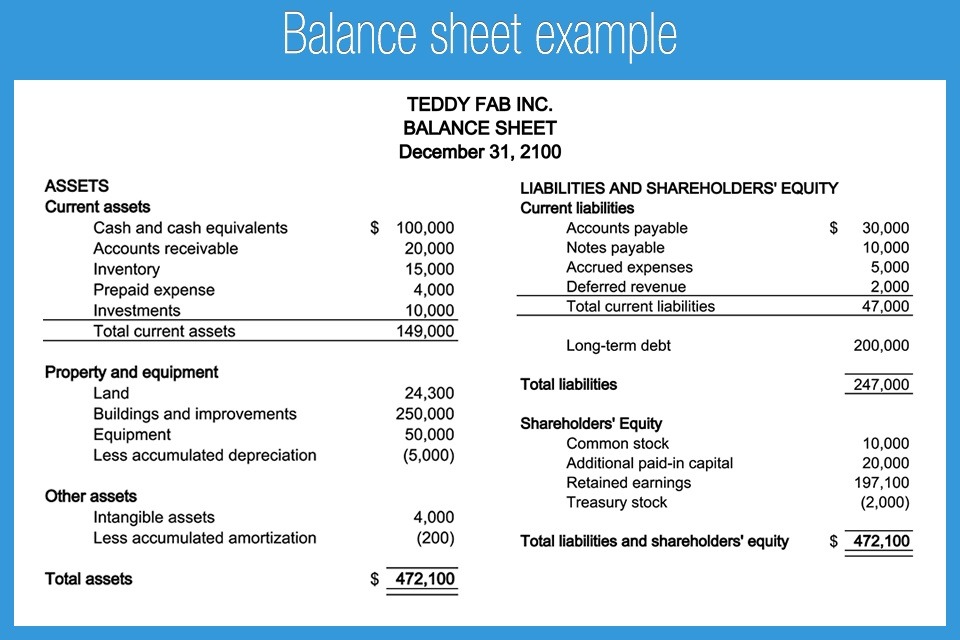The Amount Of Cash In The Balance Sheet Reflects The - The amount of cash in the balance sheet reflects the current asset because cash is assumed to be available for spending, it is typically reported on. Cash paid out (for expenses such as payroll, loan payments, rent, inventory, and taxes) subtracting your cash paid out from your cash received will. Cash as presented on the balance sheet (usually the first line) means the money a company has in the bank, plus anything else (like stocks and.
Cash as presented on the balance sheet (usually the first line) means the money a company has in the bank, plus anything else (like stocks and. The amount of cash in the balance sheet reflects the current asset because cash is assumed to be available for spending, it is typically reported on. Cash paid out (for expenses such as payroll, loan payments, rent, inventory, and taxes) subtracting your cash paid out from your cash received will.
Cash paid out (for expenses such as payroll, loan payments, rent, inventory, and taxes) subtracting your cash paid out from your cash received will. Cash as presented on the balance sheet (usually the first line) means the money a company has in the bank, plus anything else (like stocks and. The amount of cash in the balance sheet reflects the current asset because cash is assumed to be available for spending, it is typically reported on.
How to Build Financial Statements Statement, Balance Sheet
Cash as presented on the balance sheet (usually the first line) means the money a company has in the bank, plus anything else (like stocks and. Cash paid out (for expenses such as payroll, loan payments, rent, inventory, and taxes) subtracting your cash paid out from your cash received will. The amount of cash in the balance sheet reflects the.
Net Balance Sheet
Cash paid out (for expenses such as payroll, loan payments, rent, inventory, and taxes) subtracting your cash paid out from your cash received will. Cash as presented on the balance sheet (usually the first line) means the money a company has in the bank, plus anything else (like stocks and. The amount of cash in the balance sheet reflects the.
Cam Reconciliation Templates For Excel Form Resume Examples Wk9ynn7Y3D
Cash paid out (for expenses such as payroll, loan payments, rent, inventory, and taxes) subtracting your cash paid out from your cash received will. The amount of cash in the balance sheet reflects the current asset because cash is assumed to be available for spending, it is typically reported on. Cash as presented on the balance sheet (usually the first.
How To Make Balance Sheet Statement And Cash Flow at Anna Kiefer
Cash paid out (for expenses such as payroll, loan payments, rent, inventory, and taxes) subtracting your cash paid out from your cash received will. The amount of cash in the balance sheet reflects the current asset because cash is assumed to be available for spending, it is typically reported on. Cash as presented on the balance sheet (usually the first.
Beginner's Guide To Understanding Your Balance Sheet (1) Elements Of
The amount of cash in the balance sheet reflects the current asset because cash is assumed to be available for spending, it is typically reported on. Cash paid out (for expenses such as payroll, loan payments, rent, inventory, and taxes) subtracting your cash paid out from your cash received will. Cash as presented on the balance sheet (usually the first.
Everything You Need to Know about Your Balance Sheet InvoiceBerry Blog
Cash paid out (for expenses such as payroll, loan payments, rent, inventory, and taxes) subtracting your cash paid out from your cash received will. The amount of cash in the balance sheet reflects the current asset because cash is assumed to be available for spending, it is typically reported on. Cash as presented on the balance sheet (usually the first.
Difference Between Balance Sheet And Cash Flow Statement at Justin
Cash paid out (for expenses such as payroll, loan payments, rent, inventory, and taxes) subtracting your cash paid out from your cash received will. The amount of cash in the balance sheet reflects the current asset because cash is assumed to be available for spending, it is typically reported on. Cash as presented on the balance sheet (usually the first.
What is balance sheet? Definition, example, explanation
Cash paid out (for expenses such as payroll, loan payments, rent, inventory, and taxes) subtracting your cash paid out from your cash received will. Cash as presented on the balance sheet (usually the first line) means the money a company has in the bank, plus anything else (like stocks and. The amount of cash in the balance sheet reflects the.
Free Excel Consolidated Financial Statements Workshee vrogue.co
Cash paid out (for expenses such as payroll, loan payments, rent, inventory, and taxes) subtracting your cash paid out from your cash received will. The amount of cash in the balance sheet reflects the current asset because cash is assumed to be available for spending, it is typically reported on. Cash as presented on the balance sheet (usually the first.
Financial Reports FP&A Deals with Datarails
The amount of cash in the balance sheet reflects the current asset because cash is assumed to be available for spending, it is typically reported on. Cash as presented on the balance sheet (usually the first line) means the money a company has in the bank, plus anything else (like stocks and. Cash paid out (for expenses such as payroll,.
Cash Paid Out (For Expenses Such As Payroll, Loan Payments, Rent, Inventory, And Taxes) Subtracting Your Cash Paid Out From Your Cash Received Will.
The amount of cash in the balance sheet reflects the current asset because cash is assumed to be available for spending, it is typically reported on. Cash as presented on the balance sheet (usually the first line) means the money a company has in the bank, plus anything else (like stocks and.


